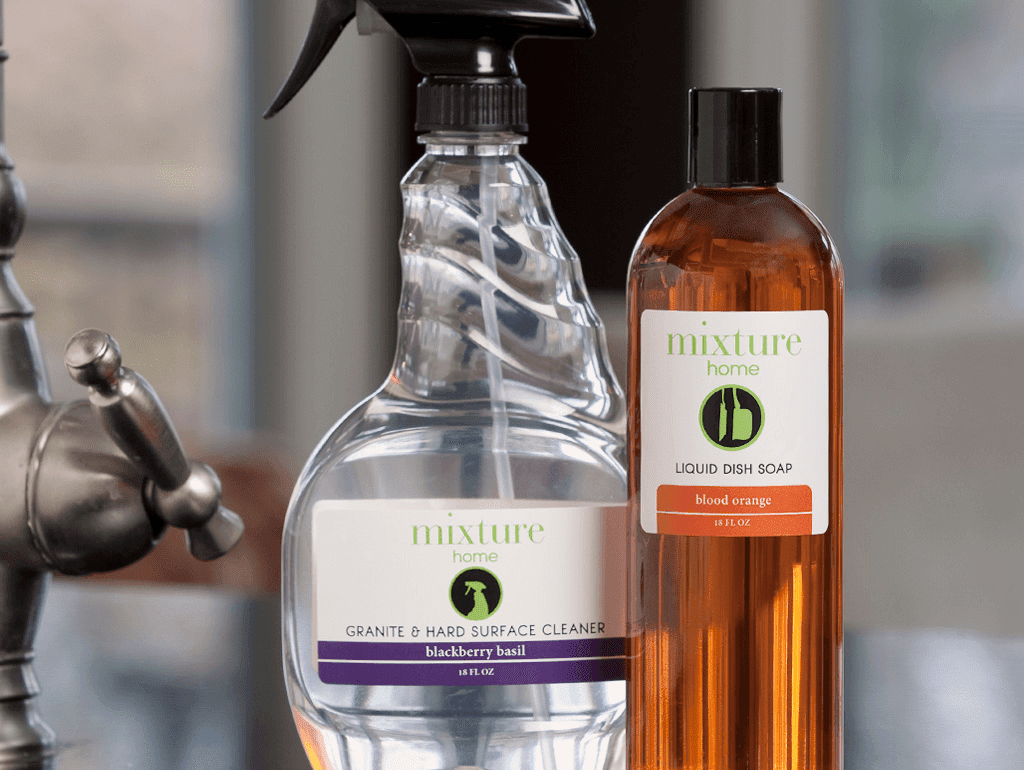
8 Things you Didn't Know About Bourbon
|
|
Time to read 3 min
|
|
Time to read 3 min
I always wondered the real reason that Colonel Sanders was always smiling. Now we know why, and it ain’t ‘cuz of the fried chicken.
At any given time, there are more barrels of Bourbon in Kentucky than there are people. The population of the Bluegrass State is about 4.4 million. Today there are more than 5 million barrels of Bourbon sitting in the rick-houses of that Old Kentucky Home. That’s nearly 300 bottles of Bourbon per person, or about 60 gallons each.
To put this in perspective, if you filled your bathtub for a soak, it might only take 20 gallons or so. The state is literally swimming in the stuff.
Every once in a while you’ll come across a Bourbon that says Bottled in Bond on the label and it has nothing to do with 007.
We are talking about the Bottled in Bond Act of 1897. Back then, cheaply made crap-ohol was flooding the market. Folks were getting cheated and sometimes made sick by the bottled gunk. So Uncle Sam stepped in.
Bottled in Bond means that the spirit was made in the good ol' USA, sourced in one production season from a single distillery—the equivalent of a single malt in the Scotch world—aged at least four years in a federally bonded warehouse, and bottled at 100 proof or higher.
After you are done making Bourbon you are left with hundreds of thousands of tons of starchy, gooey, grainy slop. Turns out that the rumors about it being a core component of Dolly Parton’s hair spray are not true. So … where does it go?
A lot of it is added to livestock feed … makes sense, right? But it’s also mixed into tortilla batter and used as one of the starchy, edible glues that holds granola together.
So the next time some health-nazi gives you a dirty look as he nibbles on his flavorless granola cluster-puck, just smile back at him, raise your glass, and say, “You’re welcome!”
One of the reasons that Early Times is not a Bourbon is that it’s aged in used barrels. One of the legal requirements for Bourbon is that it only be aged in brand new oak charred barrels.
Every other major category of spirit allows—even encourages—aging in previously used barrels. Thus, the Bourbon industry consumes more than a million barrels per year—using them once before selling them off to the Rum, Scotch, and Tequila makers to use again and again.
White Lightning is full strength, un-aged, pure corn distillate in a bottle—or, more likely, a mason jar. It is suitable for stripping paint, disinfecting wounds, and as jet fuel … oh, and crazy Billie-Bob with the Cro-Magnon mullet likes to drink it. On the other hand, White Dog is baby Bourbon—a traditional Bourbon formula right out of the still.
Remember that iconic poster from World War II showing Rosie the Riveter as a patriotic American woman doing her part for the war effort? Well, hundreds of businesses did their part too, and the Bourbon distillers stepped right up with ‘em.
Distilleries all over Kentucky and Tennessee were re-tooled to distill fuel alcohol and ferment penicillin cultures to treat wounded soldiers.
OK … I am going to go out on a limb here and reveal a secret that was whispered to me by a world-class master distiller during a private, clandestine tour of a major distillery. You see, Bourbon’s secret ingredient is … dish soap.
During fermentation, little yeasty critters are consuming sugars and starches and … ahem … secreting two compounds: alcohol and carbon dioxide. If the mix is off just a tad, the starchy CO2 bubbles can build up to overflowing—damaging the equipment and entire batches of product. Not good.
So it’s very common to suspend a small ladle filled with a few drops of pure dish soap above the mash. If the bubbles rise up and touch the soap, a reaction called saponification pops them, protecting both the spirit and the distillery. Just a few drops of soap can protect a 50,000-gallon batch.
Do you want to know another interesting fact? Bourbon does not have to be expensive: Check out our selection of best Bourbons under $50!


